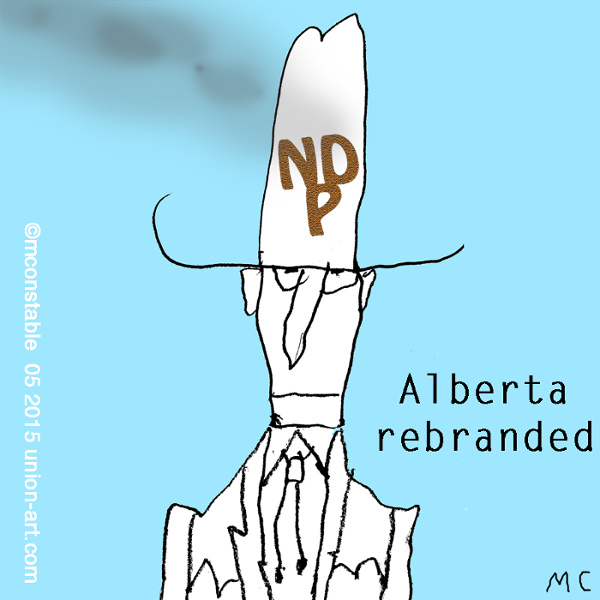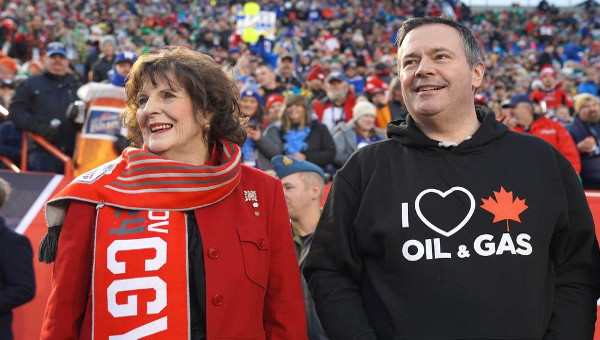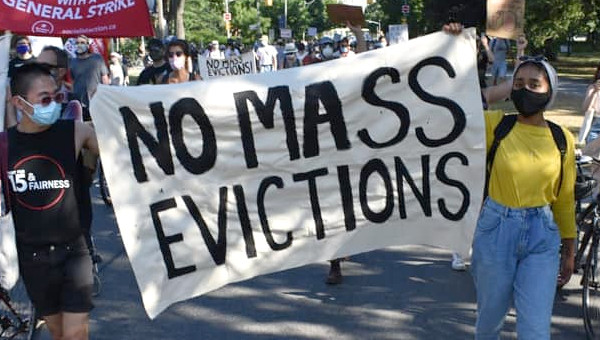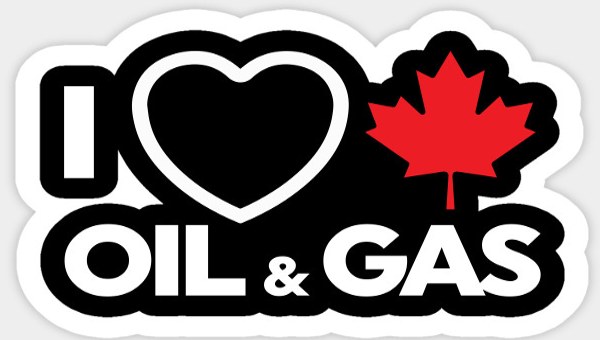Election outcomes like Alberta’s do not come often: the total collapse of a four decade conservative dynasty and majority power for a party considered on the “left” in Canada. The reactions were typical: shock, elation, fear, uncertainty. No one saw it coming. Well, that’s not quite true. If you followed the polls you knew a significant event was unfolding. The polls were not volatile, which says a great deal. They recorded a steady rise in NDP support and a corresponding decline in Tory support. Days before the election it was pretty clear the NDP would form a minority government. It was also clear the Tories were about to be tossed into the dustbin of history. On election day something more happened – the yearning for change crystallized around the NDP just to make sure the change happened.

Seismic Political Shift
For such a seismic political shift to occur, there has to be a perfect political storm combining four elements. A major political/economic crisis the governing party proves incapable of overcoming. The governing party, having been given many chances, is finally thoroughly discredited. A new, untested party, with a vision of hope and some credible solutions, presents itself. The leader proves able to win the public’s trust. The UFA in 1921 had the agrarian populist crusade culminating in the Progressive party’s attack on the corrupt party system and the Special Interests (and a post-war depression). Aberhart had the Great Depression and his attack on the banks and “The Fifty Big Shots of Canada,” promising debt protection and a guarantee of the necessities of life for all. Lougheed had Social Credit’s repeated failures to maximize returns from Alberta’s oil to diversify the economy (yes, the Social Credit government was even more dominated by the oil industry than the Tories). Notley had the collapse in oil prices, the failure to deal with the fallout from the 2008 economic disaster, and the Tories pretending to get on with business as usual.
Alberta has been experiencing an economic crisis since 2008 – seven years of increased hidden taxes, cuts in spending, deficits, increasing government debt, and a litany of broken promises. The government seemed paralyzed, unable to find a way out of the mess. Falling oil prices led to a $5-billion deficit in 2009 – the first in a golden decade. Deficits were projected for the next three or four years. That proved optimistic. While sheltering Alberta’s oil industry from the downturn with lower royalty rates, the general public bore the brunt of the reduced revenue stream. New drilling technology and “fracking” in shale deposits brought gushes of new oil and natural gas onto the North American market, increasing supply and lowering prices further. Alberta’s natural gas exports collapsed, reducing government gas revenues from $6-billion in 2007 to less than a billion in 2013. Alberta’s oil faced heavy price discounts. Deficits increased, requiring higher taxes, delayed projects, and heavy borrowing. Oil prices reached the unthinkable low of $50/barrel. Industry experts knew this was coming and advised the government of the looming cloud. The Tory solution was to hide their heads in the tar sands and wait for the inevitable boom to save them. Hence, the oil industry’s market fate replaced the government as the province’s economic planner.
The Tory dynasty faced growing public disaffection. The process began with the disintegration of Ralph Klein starting in 2001. The public was offended when he called an unnecessary election in 2004 just to secure a fourth consecutive term and cling to office. The party lost 22 seats and voter turnout fell from 62 to 47 per cent. Ed Stelmach, his successor, was a disaster, becoming premier in 2006 and winning the election in 2008 just in time to preside over the global economic crisis. Voter turnout collapsed further to 41 per cent. By 2011 polls showed Stelmach would lose to the Wildrose party. He was forced to resign. His replacement, Alison Redford, was also on track to defeat by Wildrose in 2012, but was saved by a last minute stampede of Liberal voters and an eleventh hour plea by Peter Lougheed. Upon victory Redford faced a worsening economic crisis, as the biggest slide in oil prices began. By 2014 polls indicated Redford would lose to Wildrose. She had to go. An orchestrated caucus rebellion, and a smear campaign fed by leaked documents about her lavish spending, drove her to resignation. We all know what happened to her successor, Jim Prentice.
Moderate Platform
Notley’s moderate platform obviously resonated with the public, largely because it seemed fair and addressed much of the public’s anger at the Tories: an increase in the corporate tax from 10 to 12 per cent; mildly progressive rather than flat taxes on high income earners and the wealthy; a review of oil royalties (which many Albertans believe are criminally low); increasing the minimum wage to $15; opposition to the Keystone and Northern Gateway pipelines; a promise to get serious about the degradation of Alberta’s environment and controlling green house gas emissions; more spending on health, education and social programs. This is hardly a hard left wing program, just sensible measures long overdue in Alberta. Notley quickly won the trust of the public, no easy feat given the political cynicism in Alberta about party politics.
Will Notley deliver? If she does, she just might make history again by winning a second term in an election featuring dramatically increased public engagement. If not, she may indeed become a one term wonder.
“The oil and gas industry prides itself on never losing political power in Alberta. After all, it doesn’t face elections.”
Notley’s biggest political opponent is the oil and gas industry. The industry has ruled Alberta ever since Ernest Manning replaced Aberhart in 1943. Poor Ed Stelmach apologetically promised an oil royalty review in 2008. Shortly after his election he was beaten into submission by the industry.
The industry has fired warning shots across Notley’s bow: a 3 per cent drop in energy stocks the day after her election and dire warnings of a possible capital strike if she displeases the industry.
Notley’s first and most important task is to show that she, the Premier of Alberta, and her government and party, reflecting the democratic will of the people, rule the province. It will be a tough battle. The oil and gas industry prides itself on never losing political power in
Alberta. After all, it doesn’t face elections. All it has to do is wield its economic power to get its way, and damn the public interest.
We will see who prevails over the next year or two. •





